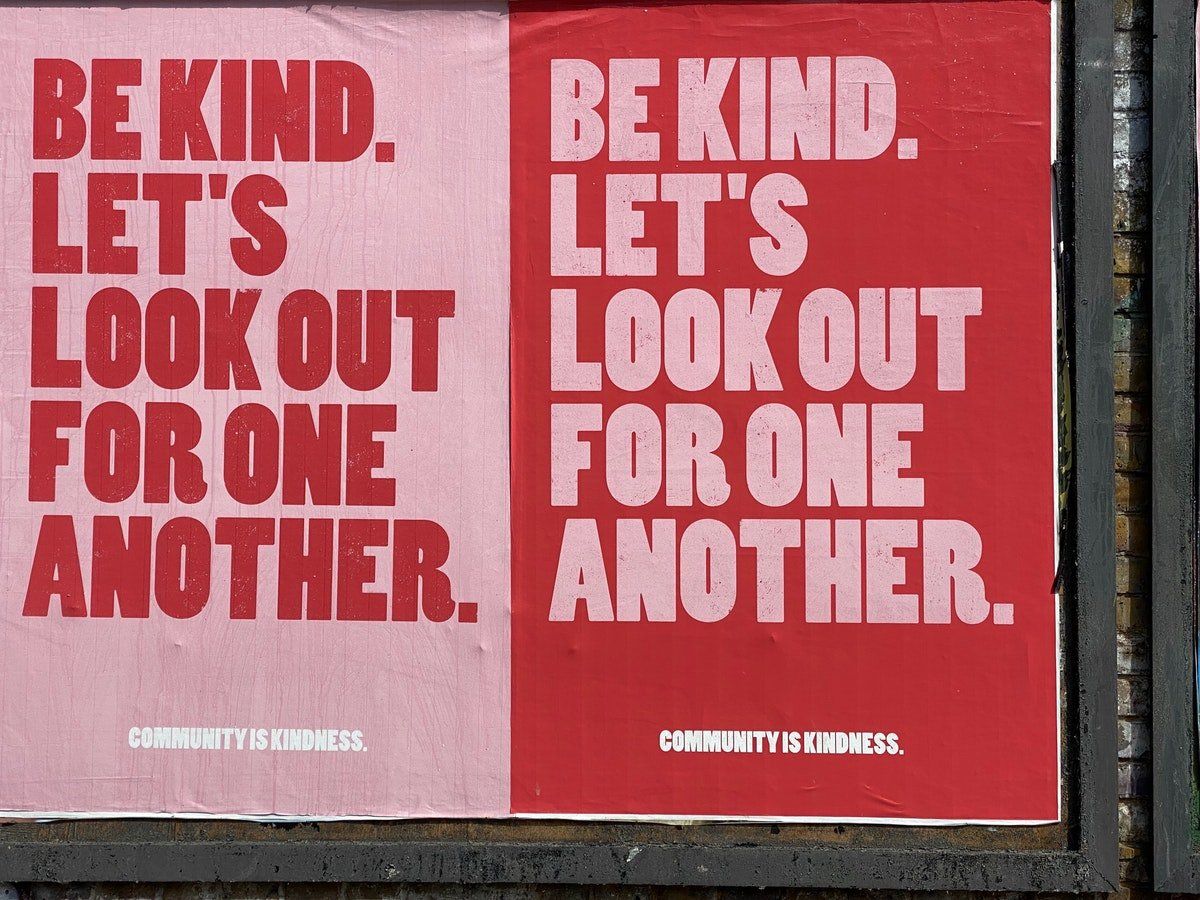Selling with Empathy
Selling with empathy

Recovering from a major economic downturn requires increased business activity and sales. Naturally, as a result of Covid-19, many people are fearful of spending or simply don't have the cash to buy.
So, how do we trade out of an economic downturn while being mindful of our customers' struggles? How do we avoid coming across as opportunistic or pushy in our sales process? And how do we address these questions while making sure that our own business remains profitable? The answer lies in how well we are able to dial up our empathy.
Empathy vs sympathy
To understand how to sell with empathy, we must understand the difference between empathy and sympathy. Sympathy is feeling pity and sorrow for someone else's misfortune, while empathy is your ability to see things from your customer's perspective and being prepared to do something about it. Your customers don't need your sympathy right now. Being too sympathetic can come across as patronising. Customers need you to help them.
The three kinds of seller you don't want to be:
- The Order-taker, who waits for the sale to come to them. It is likely this kind of seller is being too sympathetic and doesn't want to bother customers while they are recovering from the crisis. In this climate with less demand, being an order-taker won't work.
- The Product-pusher, who will sell any product or service to their customers, whether the customer needs them or not. This is being neither sympathetic nor empathetic and will drive customers away.
- The Over-seller, who is prepared to sat anything to make a sale, even if it's not true. Again, this seller is neither sympathetic nor empathetic; they only care about the sale.
The Problem-solver seller
This is the kind of seller you want to be; someone who discovers the problems customers are experiencing and offers solutions in the form of products or services. This seller is empathetic and sensitive to the unique situation of each of their customers.
How to become a Problem-solver seller:
- Connect with your customers and show a genuine interest in how they are going
- Help them address the problems that your products or services can solve
- Educate your customers through your marketing channels to show how you can solve these problems
- Articulate the value of your products or services and share success stories and testimonials
- Offer low-cost, complimentary or DIY solutions
- Provide choices and let customers decide what's best for them
- Offer flexible payments options, but don't become a bank for your customers; you are also running a business
It is okay to sell right now. Ensure you are being empathetic and solving problems for your customers, only offering what they truly need. Keeping your business going will ultimately help your customers in the long run.
"Stop selling; start helping." - Zig Ziglar








